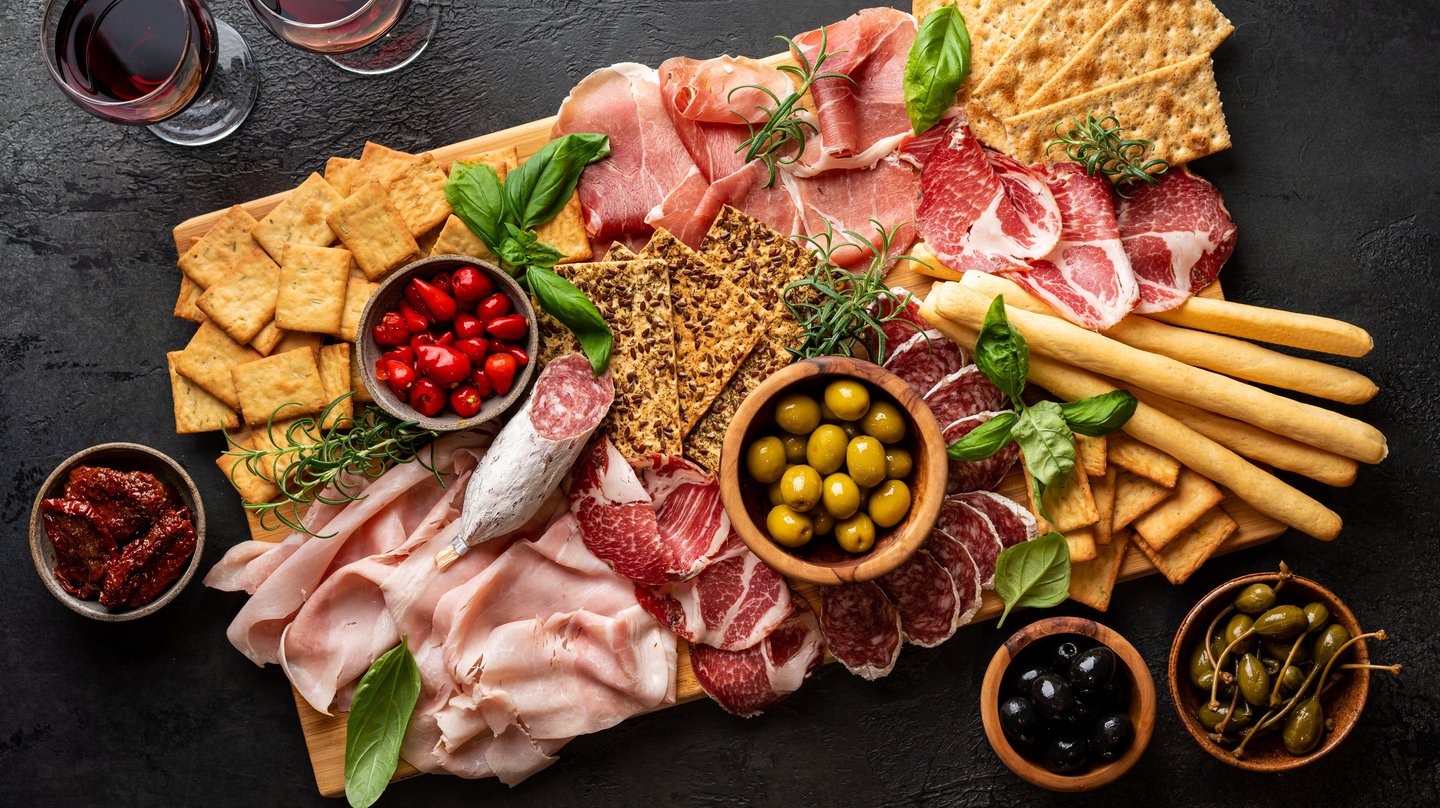Charcuterie continues to intrigue consumers
Charcuterie boards are having a moment, with consumers drawing inspiration from—and sharing their own creations on—social media channels such as Instagram and TikTok. But the format itself is nothing new. Melissa Brandt-Welzel, vice-president, sales and marketing for Brandt Meats, is a third-generation executive for her family business, which has been built on feeding the appetite for charcuterie for more than 65 years.
“Charcuterie is basically what we do,” she says. “And people were eating charcuterie before they knew that was the word for it.”
Contributing to charcuterie’s popularity, Brandt-Welzel points to the visual appeal of a well-arranged board, the diversity of tastes and textures that can be featured, and the convenience it offers for consumers who don’t want to cook. Indeed, charcuterie is a versatile option for consumers attending or hosting a party or just looking for a simple, protein-rich meal to graze on.
But what does this all mean for grocers? Joel Gregoire, associate director, food and drink at Mintel, notes charcuterie—which can blend any or all of meats, cheeses, breads, crackers, nuts, jams and more—challenges store dynamics that are based on strict category management. “You’re making consumers go all across the store,” he says of retailers that don’t show how these disparate products can fit together.
For a serving format that boasts convenience as a calling card, that’s a no-no. Instead, the experts we talked to shared the following tips to help retailers become charcuterie champions.
Cross-merchandising
The first and most intuitive tip is to place products that belong on the same board in the same area of the store. And, as Gregoire says, the most obvious area is the deli counter. Not surprisingly, retailers including Teresa Spinelli, owner of the Alberta-based independent grocery chain Italian Centre Shop, agree.
“We try to make it easy to shop for charcuterie items. We try to create an area of our deli with little jams, packages of nuts and those kinds of things,” says Spinelli.
At Farm Boy, Matt Dill, director of category management, fresh, says the grocer has a dedicated section for its charcuterie items within its deli department, which is located adjacent to its artisanal cheeses. “This makes it easy for customers to explore our range of high-quality products,” he says, adding that Farm Boy also displays sample boards to inspire shoppers.
Customer education
Creating a flavourful, unique and eye-catching charcuterie board can be intimidating for consumers with more options than expertise. That’s why it’s important for deli employees to meet customers at the level of their knowledge and guide them.
“Our staff are experts and can give advice on items and how to arrange the board,” says Spinelli, adding that her employees are well versed in helping customers create themed and seasonal boards, and ones that reflect dietary restrictions or preferences.
Of course, when it comes to education, many consumers learn best by tasting. “In-store sampling events have been particularly effective,” says Dill. “These tastings not only drive interest, but also boost sales as customers appreciate the opportunity to experience the quality of our offerings first-hand.”
Leveraging technology
If social media is playing a key role in the current popularity of charcuterie, it’s also fair to say social channels—and other digital technology—can help retailers and food manufacturers capitalize on the trend. In addition to sharing images of charcuterie on their social channels and websites, companies such as Maple Lodge Farms employ QR codes to help customers on their shopping journey.
“We utilize QR codes on displays to guide consumers to our product pages or indicate where they can find our products within their local grocery stores,” says Shalik Amanulla, senior brand manager for Maple Lodge Farms.
At Farm Boy, in-store QR codes link to online resources such as the company’s magazine, inSeason, which includes charcuterie features. “We also use our social media platforms to showcase charcuterie boards, highlight featured products and share tips and recipes, providing ongoing inspiration and engagement,” says Dill.
This article was first published in Canadian Grocer’s September/October 2024 issue.



